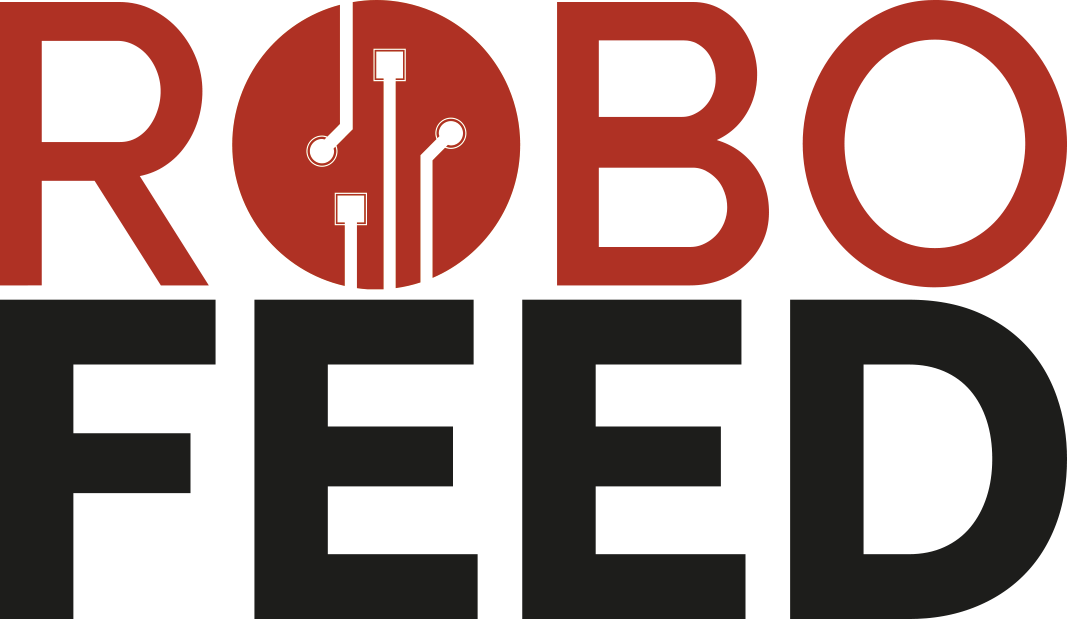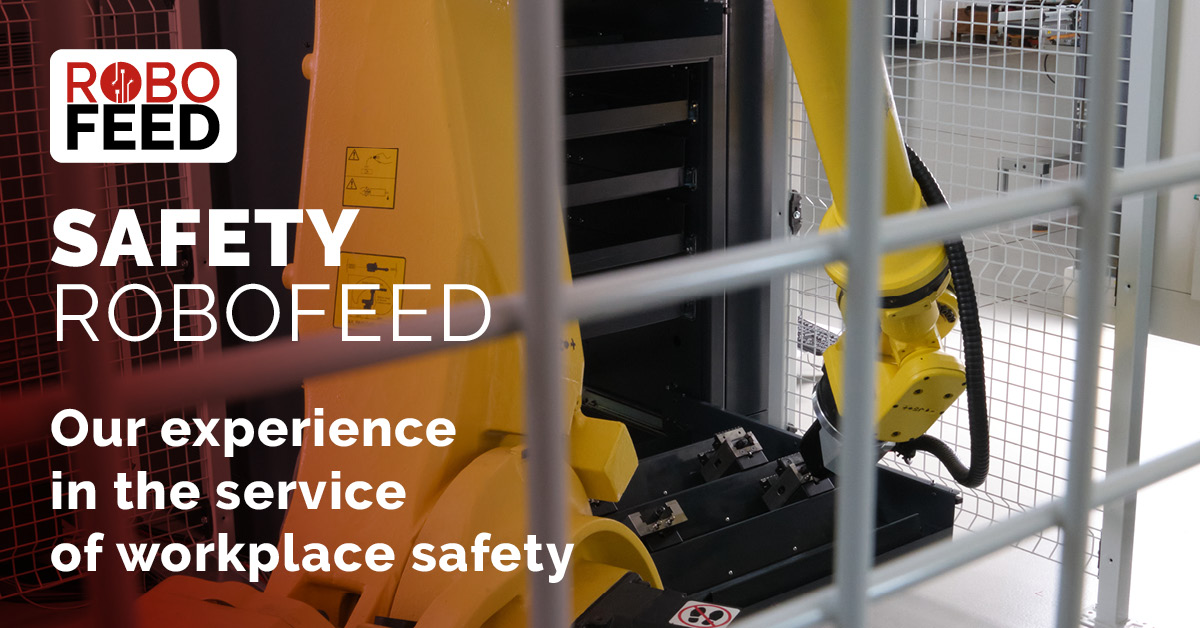Workplace robotics safety: an indisputable priority
The year 2023 continues to record alarming numbers in workplace safety incidents, which once again puts the spotlight on the paramount importance of prevention. According to data fromINAIL (Italian Institute for Insurance Against Accidents at Work) and analysed byVega Engineering’s Workplace Safety and Environment Observatory [1] , 559 fatalities were recorded between January and July 2023, of which 430 on the job and 129 on the move, averaging 80 deaths per month. These numbers are very concerning. Lombardy reported the highest number of fatal accidents (74), with people aged between 55 and 64 being the most affected, accounting for 154 out of the total of 430 fatalities.
This discouraging picture shows no signs of improving, to say the least. So, what strategies can a company adopt to counteract this trend? Undoubtedly, recent technological integrations such as automation systems, robots, collaborative robots (cobots) and artificial intelligence (AI) serve as compelling tools for mitigating the likelihood of workers being exposed to dangerous situations. In fact, it has emerged that in smart factories complying with Industry 4.0 safety standards, the automation of repetitive, routine and potentially dangerous tasks has significantly diminished workers’ exposure to work-related risks, both physically and psychologically.
The importance of risk assessment
However, it’s also imperative to conduct a thorough risk assessment before robotic or AI systems are introduced into the production line. While these systems are invaluable partners for operators, their operational autonomy requires company managers to comply with national and international laws, regulations and guidelines to ensure complete safety. A correct risk assessment involves a number of mandatory steps, commencing with identifying the hazards of a work cell and production line during installation, operation, maintenance, and even cleaning.
Potential collisions with workers are one of the most significant risks associated with automation systems, which can cause varying degrees of injury and other health risks. This risk increases exponentially every time a robotic arm manipulates or handles sharp or pointed objects and equipment.
Safety rules and regulations
Several laws and regulations have been put into place to make robotic factories safer places to work in. The most important standard is ISO 10218, which governs the use of industrial-grade robots. It is divided into two parts: ISO 10218-1 and ISO 10218-2. The first lists the types of materials considered safe, i.e. able to be used within the automated production process without endangering the health of workers. While the second part of the standard describes the integration between robots and other systems, such as CNCs. The management of these systems is entrusted to specialised companies with expertise in mechanical and electronic support, capable of developing additional applications that ensure the safe operation of the automation.
Protective devices in robotic workplaces
Having established the fact that robotic cells, if not used correctly, can also pose risks to operators, various protective devices have been developed to enhance workplace safety. These include special instruments like physical safety barriers and lasers, particularly for so-called anthropomorphic robots, which are incapable of recognising their surroundings and whether there are obstacles or moving objects in their vicinity. In the first case, perimeter protections consisting of metal cages are installed around the entire cell to limit or prevent access to dangerous areas Access to the work area is only possible through an alarm-equipped door after the robot has been deactivated. Laser barriers are equipped with sensors that halt or slow the robot’s movement upon detecting a foreign body, resuming operation once a safe distance is reinstated. This prevents extended downtimes and ensures uninterrupted production.
Personnel training and monitoring
However, beyond the use of protective devices, the best method to ensure safety in robotic workplaces is to rely on an experienced partner in the sector, like Assistec. For over two decades, Assistec has not only been providing electronic and mechanical technical support to companies with CNC machines but has also developed a business unit highly specialised in the design, development and installation of safe and certified industrial robots. All this is accompanied by specific personnel training that enables the monitoring and servicing of robotic systems, even across multiple brands (Fanuc, Mitsubishi and others). This has allowed us to stand out within the industry, not only in our place of origin, Reggio Emilia but also throughout Italy.
Do you want to ensure the utmost safety for your operators working alongside CNC machine tools and robots? Contact us or call +39 0522989436 for more information on our services and the automated systems we develop.




